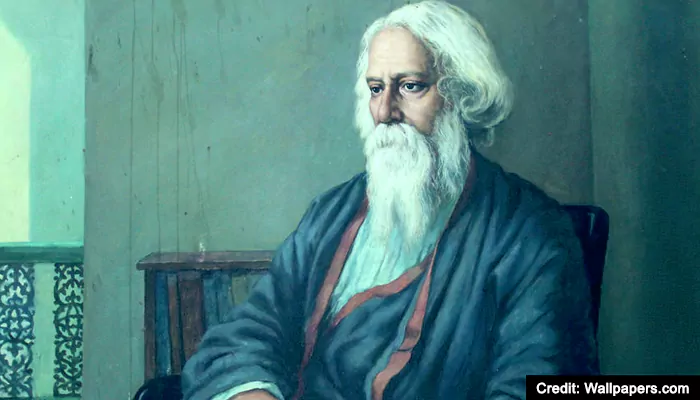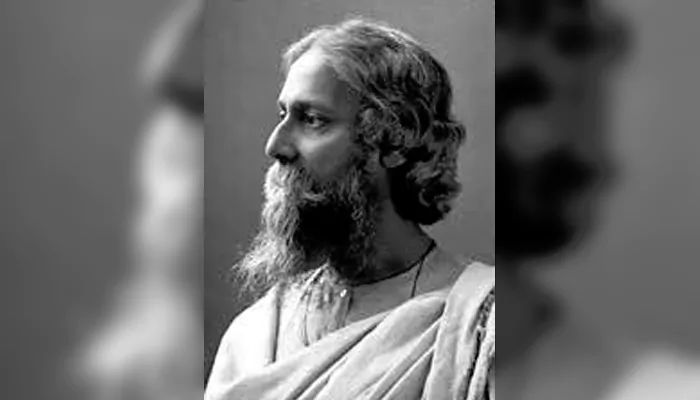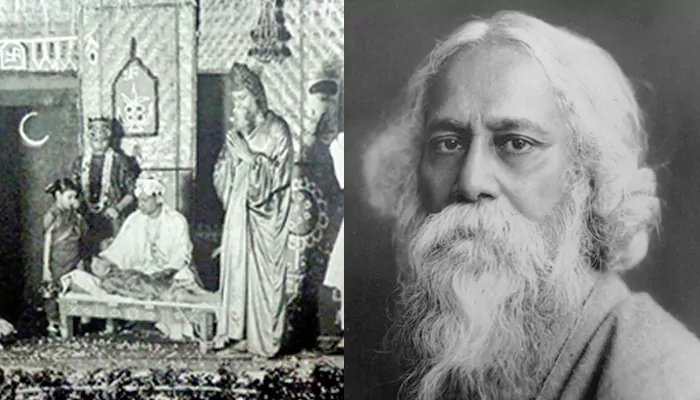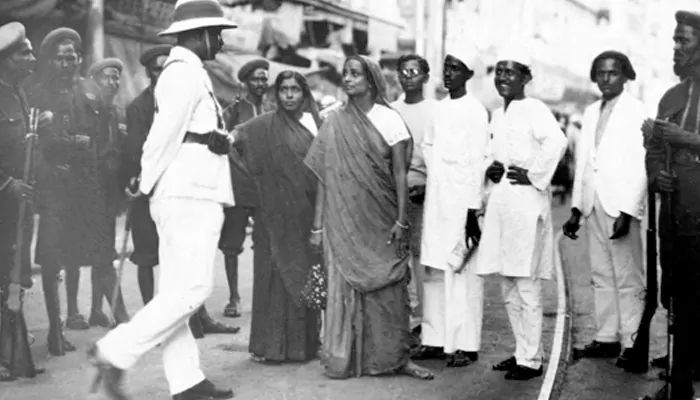
“He who owns this diamond will own the world, but will also know all its misfortunes. Only God, or a woman, can wear it with impunity"!
Internationally acclaimed as part of London's Crown Jewels, the Indian gem Kohinoor carries the enduring and haunting narrative of centuries marked by suffering. Its storied past, spanning centuries, remains a captivating tale that continues to enthrall generations. This narrative sparks a cascade of questions and curiosities, resonating on the global stage. So, why does this gem stir such fervent debates and discussions? What's the intricate history behind it, influencing minds around the world? And what about the captivating myths and realities woven into its narrative? Today, let's venture into the enchanting world of the Kohinoor diamond!
The historical journey of the Kohinoor Diamond
Thousands of years ago, the diamond originated from the alluvial mines of India, sifted from the sands. According to Hindu belief, it was venerated by the god Krishna, despite the perceived curse linked to its owners' luck. India retained its status as the sole diamond source globally until 1725, when diamond mines were uncovered in Brazil. In 1628, Shah Jahan, the Mughal ruler famed for the Taj Mahal, commissioned an opulent throne adorned with gemstones. Inspired by the legendary throne of Solomon, Shah Jahan's throne became a seven-year endeavour that surpassed the Taj Mahal in cost!
Among the array of precious stones embellishing the throne, two colossal gems stood out—the Timur Ruby, valued highly by the Mughals for its colour, and the Koh-i-Noor diamond. In 1739, during his invasion of Delhi, the Persian conqueror Nadir Shah seized the diamond. It is said that the moment he laid eyes on the colossal gem, he exclaimed, "Koh-i-Noor!"—a phrase translating to "Mountain of Light" in Persian!
Amidst the era of British colonialism
After decades of turmoil, the diamond found its way back to India, falling into the possession of Sikh ruler Ranjit Singh in 1813. However, this homecoming was short-lived. In 1849, after the Second Anglo-Sikh War, the East India Company gained control of the diamond through the Treaty of Lahore. The coveted gem was then presented to Queen Victoria in 1850. Its grand display at the Great Exhibition in London in 1851 garnered significant attention, showcasing the imperial might of the British during that era!
Is Kohinoor cursed?
The name of Kohinoor has been woven into a narrative of curses and legends, with proponents of the curse highlighting the misfortunes that befell individuals and empires linked to the diamond. Among these tales are the downfall of the Kakatiya Dynasty, the assassination of Nadir Shah, and the tribulations faced by the British Empire. The prevailing belief suggested that possession of the Kohinoor resulted in a cascade of murder, torture, mutilation, and treachery. Numerous stories recount the haunting Curse of the Kohinoor Diamond!
The reality
but the scientific evaluations of the Kohinoor differ and attempt to debunk the curse. Gemologists assert that the diamond’s history is rife with political, military, and cultural complexities, and its connection to any supposed 'bad luck' is largely coincidental.
With all being said, the Kohinoor stands as a historical observer of the intricacies of colonialism, cultural heritage, and the human pursuit of beauty and power. This gem continues to enchant human minds with its unmatched beauty and radiant allure! While the gem itself is truly priceless, it carries stories, myths, and a legacy of our country that is genuinely invaluable. The uncertainty surrounding the ownership of the Kohinoor adds a layer of mystery to its future, leaving us all in anticipation! The fate of Kohinoor holds an enigmatic and suspenseful quality, mirroring its opulent history and mesmerising beauty that have captivated the awe of monarchs, leaders, and commoners throughout time!












